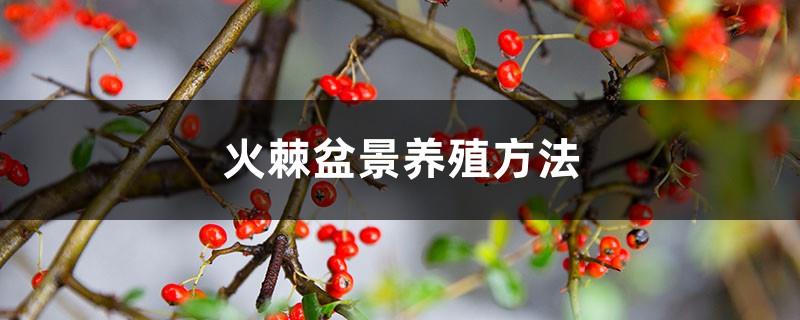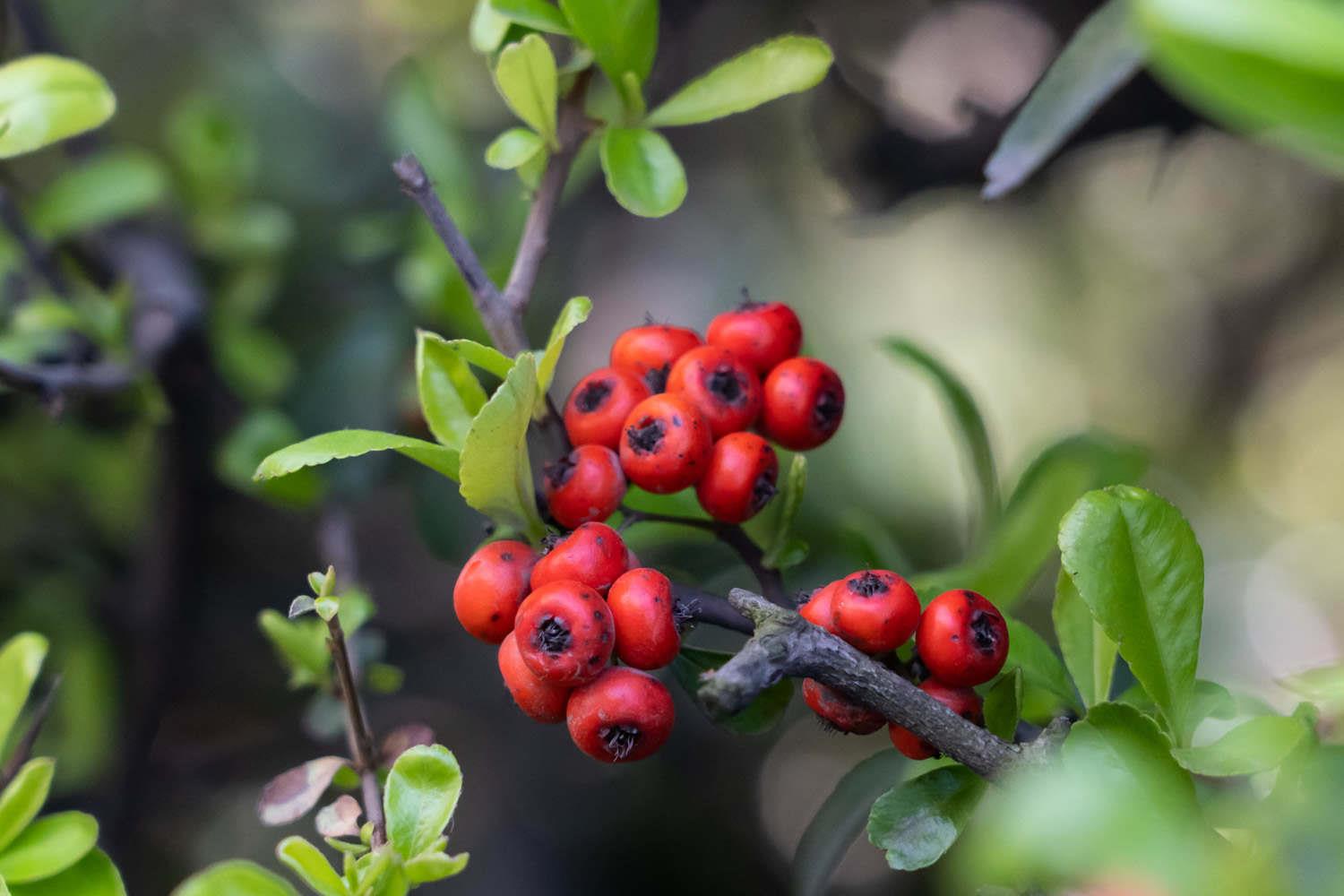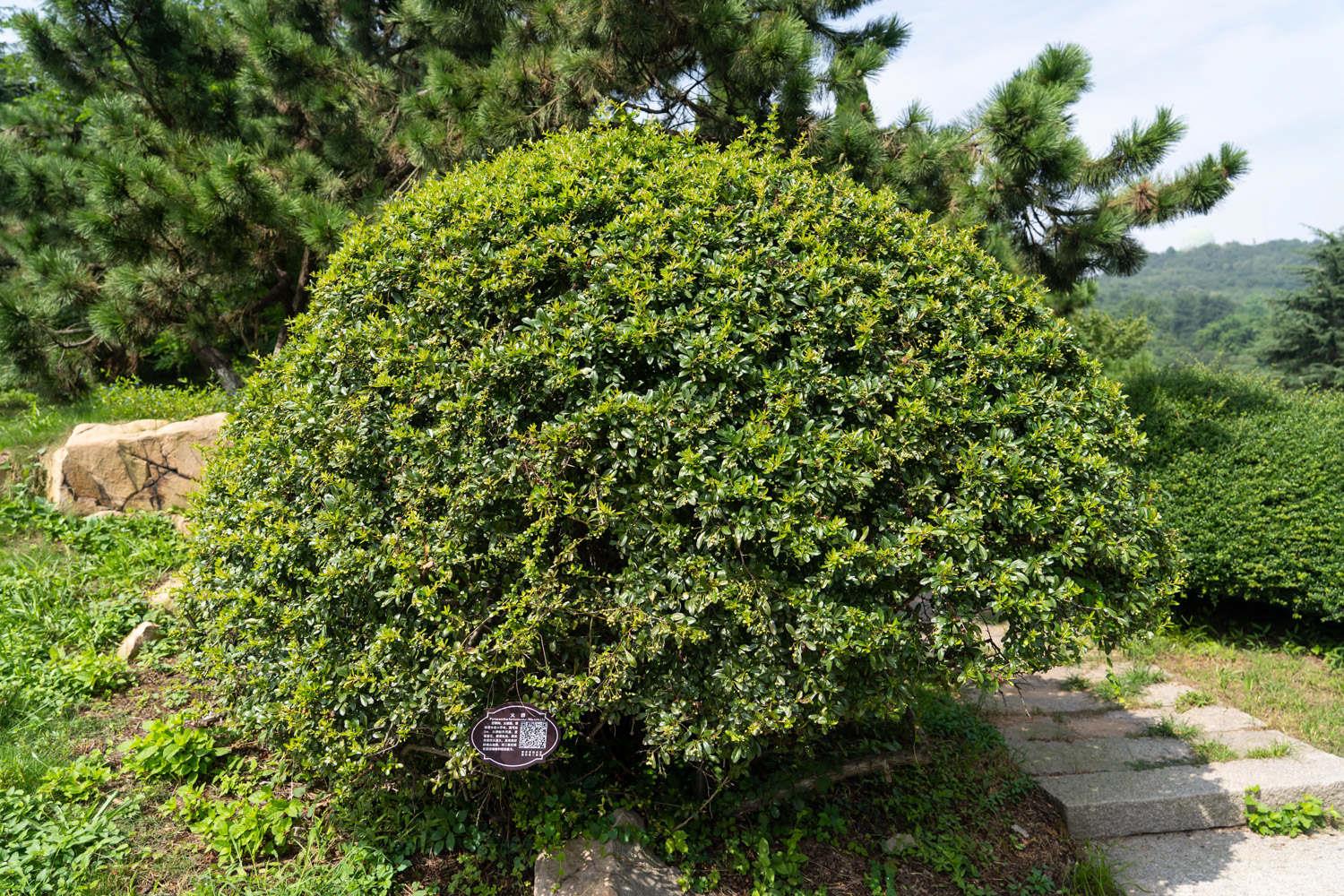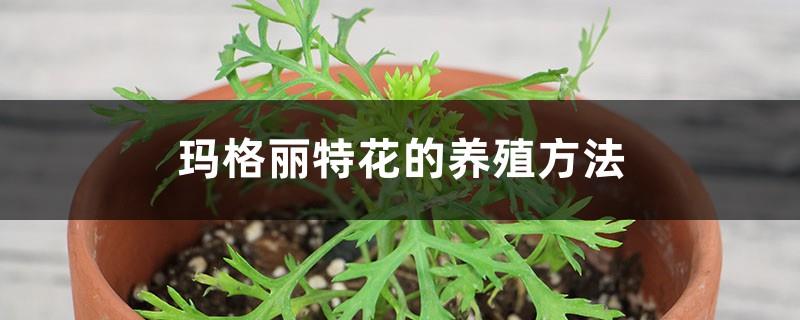Pyracantha bonsai cultivation methods
Last Update :2024.11.21
Article Catalog
When cultivating Pyracantha bonsai, use soil with good drainage, loose air permeability and slightly acidic soil. This soil environment is conducive to growth. It likes light. Except for shade in summer, it can be placed in a sunny place to let it get more sun. Watering should be determined according to the season and cannot be watered blindly. Top dressing should be done in a timely manner during the growing season to ensure sufficient nutrients are absorbed. In addition, winter is the dormant stage, and the temperature should not exceed 10 degrees, otherwise it will affect next year's growth.

1. Soil
1. Soil
If you want Pyracantha bonsai to grow vigorously, you should use soil with good drainage, loose air permeability and slightly acidic soil for maintenance. You can use humus soil and garden soil mixed with an appropriate amount of cinders. To maintain, the roots can better absorb nutrients and water, which is beneficial to growth. In addition, note that the soil should be replaced every two or three years.

2. Light
Its growth requires an environment with sufficient light. It should be placed in a place with good lighting. Only when it is exposed to sufficient sunlight will it grow stronger, the branches can germinate better, and it will bloom more in the later period. However, be careful in summer and shade in time when there is strong light to avoid sunburning the plants.
3. Watering
Water it according to the season. If it is during the spring and autumn growing season, you should water frequently to keep the soil in a slightly moist state. Normally, you should water once every three to five days. When the temperature gets higher in summer, you need to increase the frequency of watering and water it every day. The low temperature in winter will slow down the growth. The amount of watering should be controlled. It is better if the soil is slightly dry.

4. Fertilization
If you want it to grow more vigorously, you must provide it with sufficient nutrients. During the peak growing season, fertilizer should be applied every 10 days. The fertilizer can be decomposed organic fertilizer. When blooming, increase phosphorus and potassium fertilizers to promote brighter flowers and a longer flowering period.
5. Temperature
It is best to provide it with a temperature between 20-30 degrees, which is most conducive to growth. Although it likes a warm environment, it is also cold-resistant and can tolerate temperatures as low as minus 15 degrees Celsius. In winter, it can be placed outdoors for the winter, and the temperature should not exceed 10 degrees, otherwise it will affect dormancy and be detrimental to the growth of the coming year.

2. Lighting
3. Watering
4. Fertilization
5. Temperature
- END -
When do Japanese evening cherry blossoms bloom?

Japan’s late cherry blossom season is in spring from April to May. Because the fl...
A complete collection of cultivation methods and precautions for Margaret flowers

Temperature: The best is between 20 and 25 degrees, not lower than 10 degrees, and...